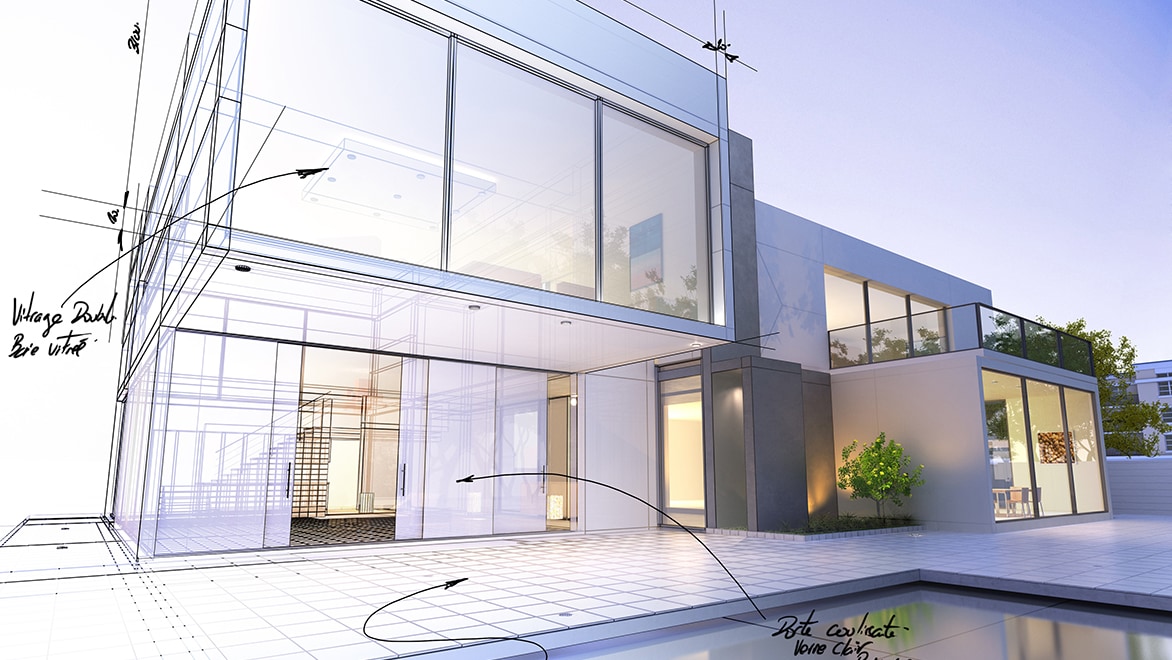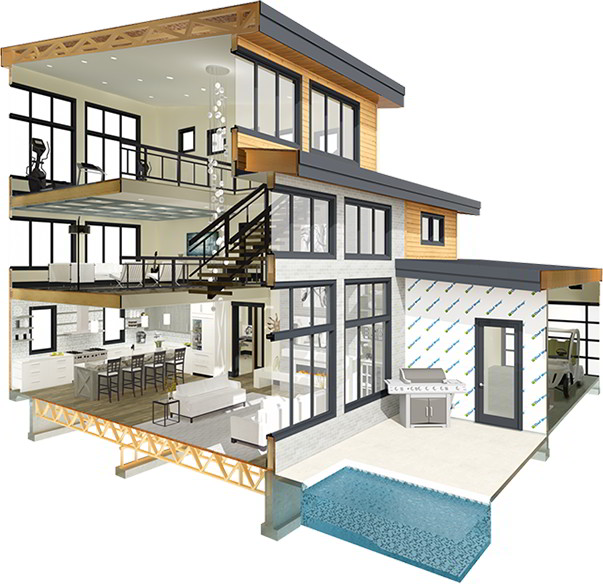An Extensive Overview of Architectural Designs and Their Impact on Modern City Preparation and Development
Architectural designs have long acted as a mirror to the societal worths and technical developments of their time, playing a vital role fit modern city preparation and development. From the splendour of Neoclassicism to the utilitarian approach of Brutalism, each design has actually presented special ideas that influence city looks and performance. As modern difficulties arise, consisting of sustainability and community demands, understanding these historic structures comes to be necessary. The resulting dialogue not only educates future layout techniques but also raises significant inquiries concerning the equilibrium in between heritage and advancement in our evolving city landscapes.
Historic Summary of Architectural Styles

As societies transitioned through the Middle Ages, Gothic architecture emerged, characterized by its verticality and intricate outlining, matching the spiritual aspirations of the age. The Renaissance marked a rebirth of classical suitables, merging art and architecture in cutting-edge ways that influenced subsequent styles throughout Europe.

Today, building designs remain to progress, driven by globalization and sustainability concerns, reflecting a dynamic interaction between heritage and development. This historic overview underscores the value of design as a mirror of societal evolution and as a stimulant for urban development.
Trick Architectural Styles Explained
The diversity of building designs reflects the myriad influences that shape our constructed atmosphere, each personifying unique characteristics and social values. Trick architectural designs consist of Timeless, Gothic, Baroque, Innovation, and Postmodernism, each representing one-of-a-kind historical contexts and visual ideologies.
Classic architecture, rooted in old Greece and Rome, highlights proportion, proportion, and using columns (cda architects). On the other hand, Gothic architecture, thriving in the center Ages, is characterized by pointed arches, ribbed vaults, and flying buttresses, developing a heavenly high quality in basilicas. Baroque style, arising in the 17th century, is marked by magnificence, sophisticated decoration, and a dynamic interaction of light and darkness
Innovation, which acquired momentum in the early 20th century, prioritizes feature over form, utilizing new materials like steel and glass to develop minimal structures. Postmodernism, responding against the austerity of Innovation, accepts eclecticism and historical referral, commonly including spirited aspects and paradox.

Effect On Urban Planning
In forming the development of cities, architectural styles significantly influence urban planning choices. The choice of building design often determines the aesthetic appeals, performance, and general personality of metropolitan atmospheres.
Furthermore, architectural styles can impact zoning laws and land utilize policies. Urban planners should think about the prevailing architectural trends when designing areas, guaranteeing that new growths integrate with existing structures. This consideration promotes cohesive urban landscapes and improves community have a peek at this site identity.
The implementation of particular building styles can additionally affect socioeconomic factors within a city. High-end modern layouts might bring in affluent citizens and services, leading to gentrification, while a lot more affordable housing solutions might focus on useful and sustainable layouts to suit varied populaces. cda architects. Inevitably, the interplay between building designs and metropolitan preparation develops Your Domain Name dynamic cities that mirror both historical context and contemporary requirements, forming the lived experiences of their occupants
Sustainability and Modern Architecture
Building styles play an essential duty in addressing contemporary challenges, especially in the realm of sustainability. As urban locations broaden and ecological problems magnify, modern-day design increasingly embraces sustainable layout concepts that prioritize energy efficiency, resource preservation, and marginal environmental influence.
Contemporary architectural activities, such as biophilic design and environment-friendly design, advocate for structures that harmonize with their surroundings, using all-natural products and advertising biodiversity. These styles commonly include renewable resource sources, such as photovoltaic panels and wind turbines, to decrease reliance on nonrenewable fuel sources and reduced carbon footprints.
Additionally, the integration of innovative technologies, such as wise structure systems, boosts energy administration, optimizing resource usage while guaranteeing occupant comfort. Ingenious water administration approaches, including rain harvesting and greywater recycling, additional add to sustainable metropolitan settings.
Especially, sustainability expands beyond environmental issues; it includes social and financial dimensions. By promoting neighborhood well-being and advertising inclusivity, modern-day building styles align with lasting growth goals. Subsequently, the advancement of building methods remains to shape resistant cities that not only fulfill the demands of the here and now but likewise secure the future for generations to find.
Community Involvement in Style
Area involvement in layout acts as an important bridge between architects and the populations they offer, making sure that the developed setting shows the requirements and aspirations of its users. This joint process invites area participants to contribute their understandings and choices, cultivating a sense of possession and duty toward the rooms they occupy.
Efficient area interaction employs different techniques, such as workshops, surveys, and public discussion forums, to gather varied perspectives. These techniques help with a two-way dialogue, allowing engineers to understand neighborhood contexts while empowering residents to articulate their worries and wishes. This inclusivity not only boosts the design high quality yet additionally advertises social equity by resolving the special difficulties encountered by marginalized groups.
In addition, neighborhood interaction can result in innovative remedies that might not emerge in a conventional layout process. By integrating regional knowledge and social values, designers can create areas that resonate more deeply with individuals, boosting usability and sustainability. Ultimately, focusing on neighborhood engagement in design processes leads to environments that nurture social communications, assistance health, and strengthen neighborhood ties, therefore playing an essential function fit contemporary city landscapes.
Final Thought
Architectural designs have profoundly influenced modern-day city planning and growth, reflecting progressing social and technical contexts. The This Site integration of historic aesthetic appeals with modern demands promotes city environments that prioritize sustainability and neighborhood involvement. As cities remain to grow and adapt, the ongoing dialogue between architectural heritage and modern design principles will certainly remain crucial in developing inclusive, lively spaces that improve high quality of life and promote social equity. The future of metropolitan advancement depend upon this unified balance.